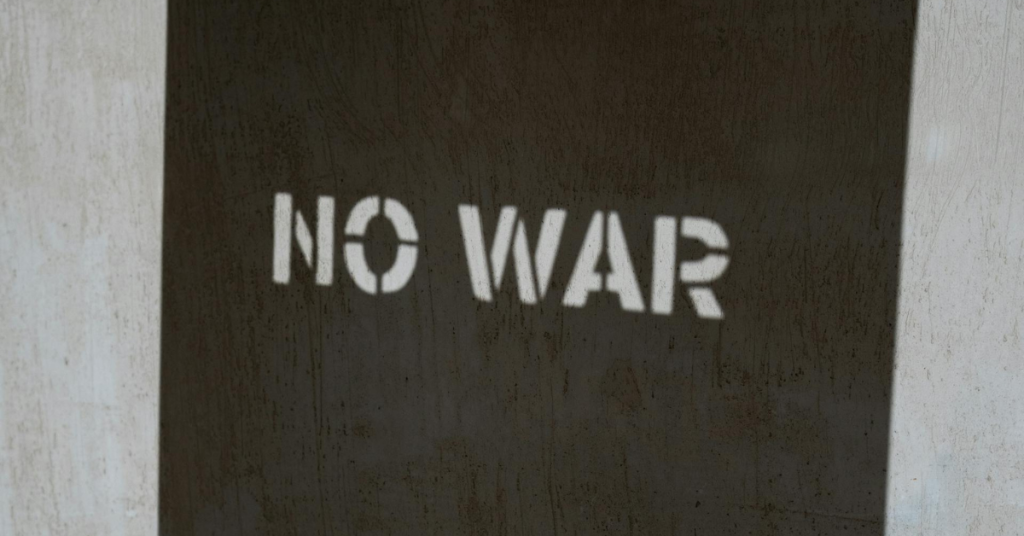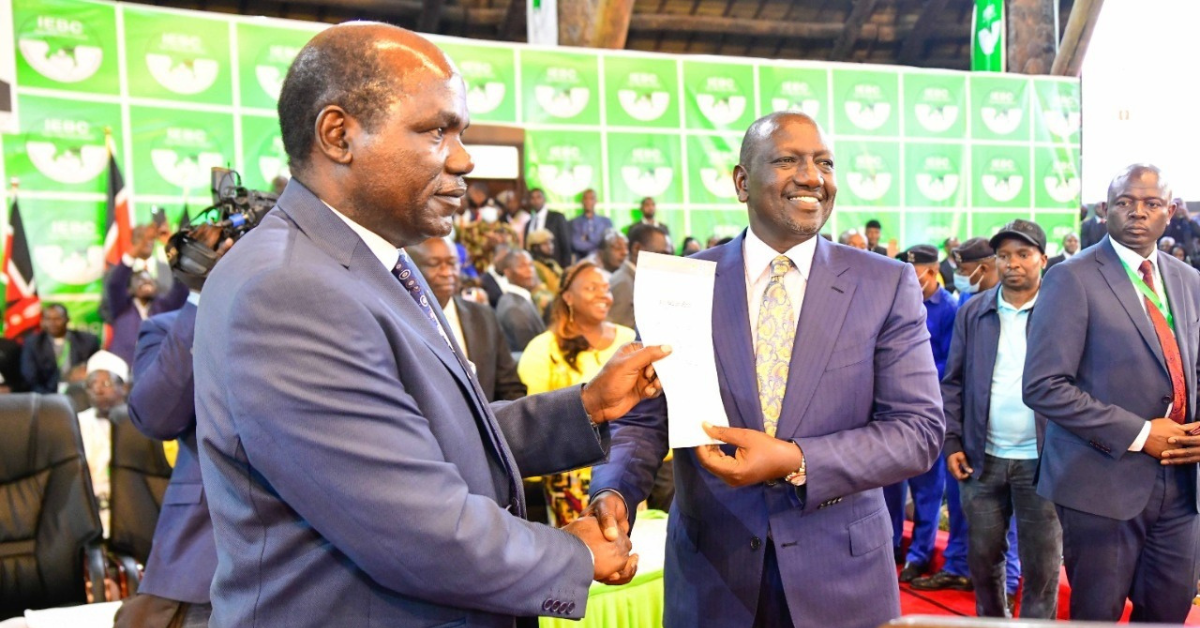First the bad news: The Garissa-type massacre will not be the last; and it is possible for matters to get worse. I will come to the reasons in a moment.
Since the Garissa Massacre, several commentators and TV pundits have struggled to explain how a well-educated young Muslim, Mohammed Abdirahim Abdullahi, could mastermind such a horrifyingly wicked act – in effect murdering unarmed, innocent children in their sleep! In seeking to shed light on this seemingly inexplicable horror, they have focused on social, economic, and psychological factors. Most of the analysis revolves around the thesis of a difficult upbringing or marginalisation, exacerbated by war-induced trauma and dislocation.
But this is only one view of the story.
The other view can be told through four analytic lenses: genetics, identity, age and context.
In an earlier commentary tilted ‘Violence is useful—or is it?’
, I argued that human-on-human violence not only has historical antecedents, but it may very well be encoded in our genes. This, I argued, is especially so if we examine violence through the clarifying prism of Darwin’s theory of evolution. The scientific speculation that evolution through natural selection has favoured a violent gene is quite compelling when you consider that competition for generational survival among humans – from prehistory to the 21st Century – has often involved the use of deadly violence. To put it crudely, those who employed violence or other cruel tactics to eliminate competitors from the gene pool ensured the survival of their own genes. When you subject this process to millions of years of natural selection winnowing, you end up with a sharper and sharper instinct for violence. Yes, I admit that this conjures up the bleak image of humanity in a perpetual violent survival struggle, a fact that is not borne by facts. I have two responses. First, if most of us coast harmlessly through life without perpetrating egregious violence, it is not because we do not have the latent, genetic potential; it is often simply because the circumstances, and therefore the stimuli, are not powerful enough.
Second, and more important, the ‘violent gene’ theory must be juxtaposed against a countervailing speculation that evolution has simultaneously favoured a cooperative gene. Except in the case of the very few so-called lone-wolf killers, cooperation is needed if violence has to be deployed successful against enemies. You need kindred spirits for your violence project to truly succeed. This brings us to the second reason: identity.
In his book, “The Clash of Civilizations and the Remarking of the World order”, Samuel P. Huntington contrasts the period during the Cold War when the main question confronting States and people was a politically partisan “Which side are we on?” (West, East or Non-Aligned?), to the post-Cold War period where the main question is one of identity: “Who are we?” (Which cultural grouping – ethnic, religious, national, civilization do we have greatest kinship to?). The paradox – which mirrors the violent gene/cooperative gene enigma– is this: people can only accept who they are by rejecting who they are not! As people seek and glorify the unifying similarities of “their “culture, they simultaneously despise (sometimes violently) the dividing dissimilarities of “other’s” culture.
Identity is therefore a powerful force behind terrorist groupings and actions. At the individual level, the intensity of the search for identity and meaning is age dependent: an impressionable mind and irrepressible energy make for a deadly mix. But even then, context and stimuli matter.
At the global level, it is argued that the rise of international terrorism is a rejection of the hegemony of Western cultural values, a phenomenon that has intensified since the end of the Cold War in the early 90s. According to Huntington, this phenomenon has coincided with three other developments: the relative decline of the West, the growing power of the East and the resurgence of Islam as the “solution” to questions of “identity, meaning, stability, legitimacy, development, power and hope”. Nothing animates the multitude of young, gullible Muslims than the prospect of reconstructing this disorderly and corrupt global society to conform to the orderly dictates of the “Most Merciful and the Most Beneficent” one.
We see this revealed in Boko Haram’s explicit rejection of “Western education”. And in the case of ISIS, and to a lesser extent Al Shabab, the drive is the fantasy of constructing and ruling society in strict conformity to the authority of the Prophet (SAW). Added to this, of course, is the aggravating context of war, dislocation, poverty, and any number of grievances – real or imagined.
If ISIS continues to win and expand territory, their victory will continue to be a powerful recruitment tool for kindred terrorists. But here is the good news: terrorists will never win; they never have – throughout history. Furthermore, the conquest of distance and space by science means detection and response will continue to get better. But most important, it means the cooperative gene will find more expression.


